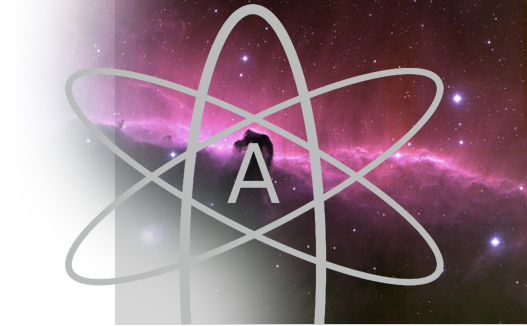
As a public school teacher, the challenge for achieving this balance was quite different than that of a Holocaust educator in a Catholic school since I was prohibited from using religious or spiritual discussions. Further, the small, rural community in which I lived and taught was quite conservative and reactionary in both religion and politics and tended towards fundamentalism. Discussing Judaism and the Jewishness of Jesus had to be done very carefully since the majority of my students’ families were literalists concerning scripture, and, in many cases believed that Christianity had superseded Judaism. It was totally impossible to discuss Christian antisemitism for the same reasons. We did, however, address examples of subtle antisemitism that we might hear and the ease with which racist remarks slide by without our recognition. Therefore, I had to search for ways into areas that would open my students to that heart/humanity side of the subject without offending parents or jeopardizing my unit. As a language arts teacher, I knew that I could do it through the humanities, particularly through stories and poetry. Stories and poems abound in the curriculum and could touch my students and open their hearts. Even personal stories, offered with no agenda, could be effective. I used my trip to Israel with the March of the Living to show how our Jewish guide shared that the stones in the tunnel on which we were standing were quite possibly the same stones on which Jesus walked and that we should take a moment to dwell spiritually with that knowledge. I also shared my feelings as I prayed at the Western Wall. As long as I shared what I had done and the feelings that accompanied that action for me without any hidden messages, no one was threatened and seemed to be able to feel that connection to what was really a bit of Jewish/Christian dialogue.

Once that recognition of the need for a greater balance in teaching the Shoah comes, one is forced into action for this is when passion becomes a part of the work.. I knew that I had to make immediate changes, and although my ideas evolved over the years, the first time that I taught the unit with a conscious effort to change the focus, I was overwhelmed by the changes in the productivity of the students, the changes in atmosphere and relationship, and the energy that flowed as we worked. The first year was especially overwhelming, resulting in a permanent tile Memorial for the Children of the Holocaust placed on a wall in the front entrance of the school, but in each year that followed, the thoughtful work of my students continued to amaze me .In the remainder of the paper, I would like to share some of the methods that I used to bring about what I believe was transformative in the teaching and learning my students and I experienced in the Holocaust unit.
The educational challenge was and still
remains, the ability to probe the human
element behind the facts.
Yad Vashem Jerusalem Magazine
One of the first realizations was that my students, in the
current unit, did not have the opportunity to see the rich
Jewish culture that existed before the Holocaust, and thus
did not have an appreciation for what was lost. Because of the way I had been presenting the material, they saw the victims only as victims, as skeletons in a pile or
dehumanized individuals in a photograph. I knew that this
was one of the first things I had to address.
Time constraints did not allow me to do a lot in this area,
but I made three commitments.. The first was to change
the types of visuals that I used in the classroom. From that time forward, I no longer placed any posters or photos with graphic pictures of victims. I replaced them with posters and photos of Jewish people from before the war, particularly photos of children. I copied and laminated many pictures from And I Still See Their Faces: Images of Polish Jews and placed them around the room. I also used
posters of children from the United States Holocaust
Memorial Museum, Yad Vashem, and the Anti-Defamation
League. I began to feel that the sensitive and disturbing
nature of studying the Holocaust required that I make the
classroom a safe place in which to discuss the subject






